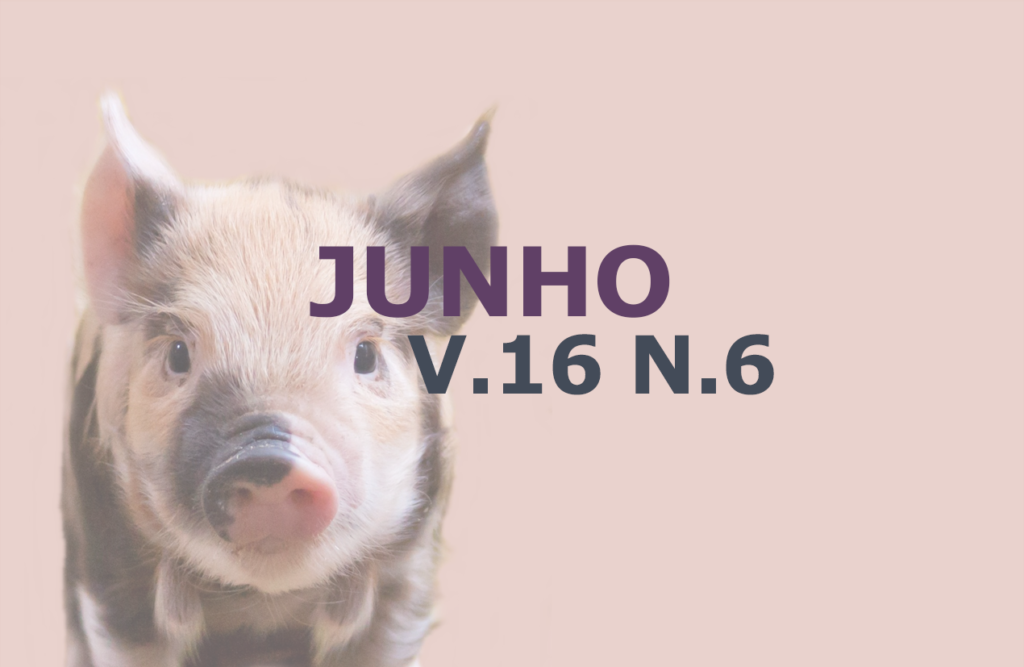Anesthesia in geriatric and heart disease dogs and cats
DOI:
https://doi.org/https://doi.org/10.31533/pubvet.v16n06a1142.1-10Keywords:
Anesthetic protocol, comorbidities, preoperativeAbstract
Surgical and anesthetic procedures are increased considering the patient's general condition, age, presence of pain, type and duration of procedure, associated diseases or comorbidities, among others. In recent years, the resulting advances in the treatment, nutrition and clinical diagnosis of various diseases have led to a greater life expectancy for companion animals, which has resulted in a growing increase in the number of patients with heart disease and geriatricians in clinical care in Veterinary Medicine, in this context, different anesthetic protocols should be properly and carefully planned, taking into account the Anesthetic Risk Classification according to the American Anesthesiology Association (ASA), thorough patient anamnesis, understanding the pharmacodynamics and pharmacokinetics of drugs is essential for the elaboration of a therapeutic protocol beneficial for each patient with its particularity, as in the case of geriatric and heart disease canines and felines. Therefore, this literature review aimed to focus on anesthetic considerations that may support and define safer anesthetic protocols and procedures for performing surgical or outpatient interventions in geriatric dogs and cats with or without underlying heart disease. Based on the authors cited in this work, we conclude that, in general, with the correct performance of anesthetic times, detailed anamnesis and performance of complementary exams focusing on geriatric and cardiac particularities, these animals do not have contraindications for performing an anesthetic procedure, provided that that its limitations are imposed in the formation of such protocols.
Downloads
Published
Issue
Section
License
Copyright (c) 2022 Ruth Helena Falesi Palha de Moraes Bittencourt, Ana Camila Da Silva Reis, Bianca Pimentel Borges, Carolina Vitória Rodrigues Carlos, Júlia Vaz Feio, Vitória Luciana Paiva Canelas, Alessandro Henrique Nascimento, Andressa Malta Braule Pinto, Elyne Patrícia Artiaga Santiago Burlamaqui, William Franklim da Silva Alves

This work is licensed under a Creative Commons Attribution 4.0 International License.
Você tem o direito de:
Compartilhar — copiar e redistribuir o material em qualquer suporte ou formato
Adaptar — remixar, transformar, e criar a partir do material para qualquer fim, mesmo que comercial.
O licenciante não pode revogar estes direitos desde que você respeite os termos da licença. De acordo com os termos seguintes:
Atribuição
— Você deve dar o crédito apropriado, prover um link para a licença e indicar se mudanças foram feitas. Você deve fazê-lo em qualquer circunstância razoável, mas de nenhuma maneira que sugira que o licenciante apoia você ou o seu uso. Sem restrições adicionais
— Você não pode aplicar termos jurídicos ou medidas de caráter tecnológico que restrinjam legalmente outros de fazerem algo que a licença permita.





